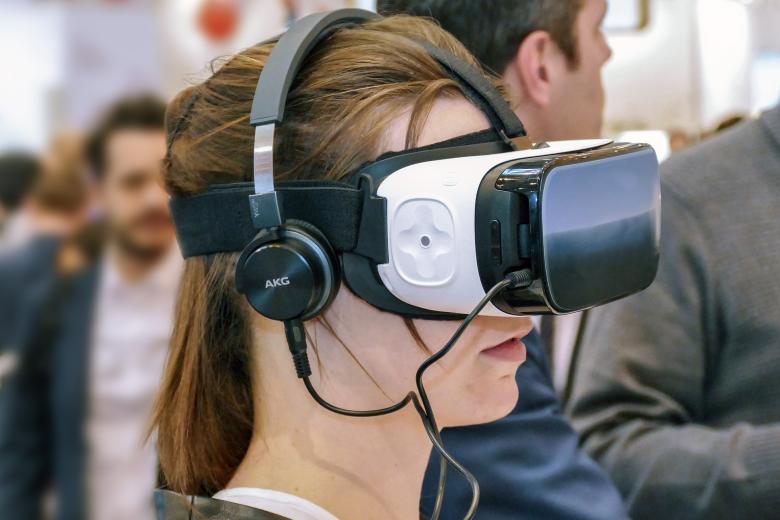How to break the impasse over appellate body nominations
To avoid the collapse of the WTO dispute settlement system, and thwart any attempt to hold it hostage, WTO members could make use of an oft-overlooked legal provision allowing for arbitration as an alternative to adjudication before the appellate body.
As highlighted this week in The Economist (“Dispute Unsettlement”, 23 September 2017) and the Washington Post (opinion piece by Manfred Elsig, Mark Pollack and Gregory Shaffer, 27 September 2017), the United States is holding the WTO dispute settlement system hostage by refusing to approve the start of the selection process for new judges of the Geneva-based WTO Appellate Body, the top international trade court, unless it gets its way on unspecified changes to that system.
There are currently two vacancies on the Appellate Body with a third opening up in December when the term of Peter Van den Bossche comes to an end. If the impasse persists, the Appellate Body will then function with only four members instead of seven. An additional vacancy will open next September. Since there must be at least three judges to hear a case, the Appellate Body could soon cease to function in case of further unfilled vacancies. Moreover, even with the current five and soon four members, the workload is likely soon to become overwhelming and unsustainable, with the prospect of significant delays. This may well coincide with a spike in new cases, as the United States sets about to implement the top priorities of President Trump’s trade policy agenda which includes strict enforcement of U.S. trade laws, including anti-dumping duties, that are likely to be challenged in Geneva.
A solution to this impasse, which may avert the risk of systemic collapse, may be an oft-overlooked provision in Article 25 of the WTO Dispute Settlement Understanding, which provides for arbitration as an alternative means of binding dispute settlement. To date, this provision has only been invoked once. The main impediment to resorting to Article 25 arbitration is that the parties to the dispute must agree in advance on the procedures to be followed and to abide by the arbitration award.
In a forthcoming book chapter, Jens Hillebrand Pohl, PhD candidate supervised by Professor Peter Van den Bossche and Dr. Denise Prévost as well as Dr. Rodrigo Polanco (World Trade Institute), explores how to practically apply Article 25 of Dispute Settlement Understanding as an alternative and emergency means of appellate review of panel rulings in case of Appellate Body gridlock. He argues that rendering effective Article 25 requires WTO members who wish to make continued use of the WTO dispute settlement system to enter into a binding arbitration agreement in respect of future disputes. He further argues that many WTO members are currently keen users of the dispute settlement system, equally often as a complainant as in the capacity of a respondent, and may have strong incentives to ensure exante that arbitration is available as a fall-back option in case Appellate Body proceedings are not available. Reaching such agreement after a dispute has arisen may not be a viable option for obvious reasons. The chapter includes a blueprint of what such a plurilateral arbitration agreement might look like.
This blog was written by Jens Hillebrand Pohl
Published on Law Blogs Maastricht, image by Flickr, Ken Lund
-
Madrid Commercial court refers UEFA & FIFA’s anti-competitive kick to the ECJ
In early 2021, Europe’s twelve leading football clubs joined hands to create the European Super League. Despite the presence of notable clubs such as Liverpool, Manchester United, Milan, Barcelona and Real Madrid, the League soon fell apart. Unable to convince those on the football field, the three...

-
Mind if I mine?
The EU recently introduced text and data mining exceptions to copyright infringement. However, they are too narrow and situation-specific to enable scientific development. In my master thesis, I suggest adopting a non-enjoyment exception for new technological uses, including text and data mining.

-
Protecting trade marks in virtual reality
While the trade mark system seems to embrace the expansion of trade marks to Virtual Reality, an intervention is required when an interplay between the virtual and real-world exists.
